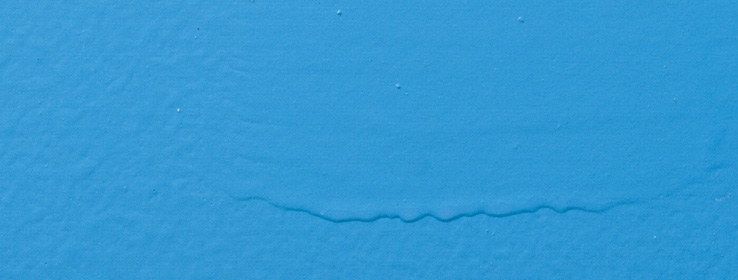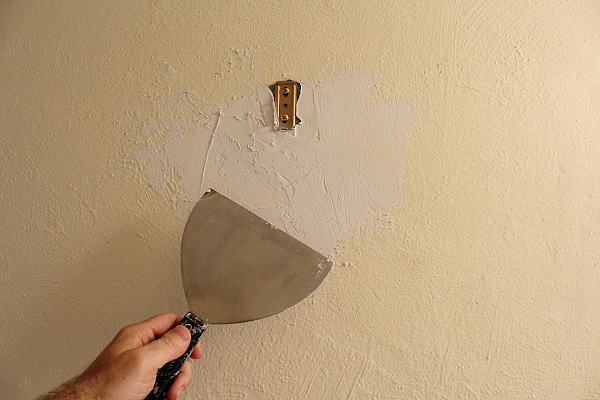Avoid These 5 Common Painting Mistakes That Everyone Makes
While you are supervising the paint job of your home, you can prevent these common errors by simply being well-informed!
Painting your home can be tedious and needs time, money and supervision for your home to look its stylish best. Then, with all your research to hire a good painter, even the best man for the job is likely to make these common painting mistakes that can make otherwise good work look sloppy.
While you are supervising the paint job of your home, you can prevent these common errors by simply being well informed!
Underestimating Paint Required
For you to do justice to the surface that needs to be painted, the right amount of paint is needed to achieve a consistent, finished look. Take the advice of your painter to calculate the 'true' quantity required for the paint job to be completed. To prevent wastage ask your painter to use the brush judiciously. Dipping the brush all the way to the bottom of the can result in wastage that can be avoided by going dipping only one-third of the brush into the paint.
Running out of paint in the middle of the job and running to the hardware store can be super frustrating, and chances are that you may not find the perfect match for the color that you are using. Always buy a little extra paint than required to avoid this situation, which, if leftover, can be used for future touch-ups.

Uneven brush strokes on the wall make it look untidy
Image - Uglyhousephotos.com
Painting A Second Coat Too Soon
Most painters want the work to be done ASAP. To save time, more often than not, painters will end up applying the second coat too soon which will leave visible brush strokes, paint peeling off etc. Instructions on the paint will generally recommend the time to wait between two coats for a perfect finish. The rule of thumb is to hold off for at least 24 hours before another coat is applied.
 Blisters on the wall caused by painting second coat soon after the first oneImage - Benjaminmoore.com
Blisters on the wall caused by painting second coat soon after the first oneImage - Benjaminmoore.com

Too Much Paint
Don’t fall prey to your painter’s claims when they try to convince you to go with one thick coat instead of two coats on the wall. A thick coat will result in drips and will appear uneven due to inconsistency. The key to good painting is to even out and remove excess paint by using a roller by moving the roller in ‘W’ shape to evenly spread out paint across a wall.
 Paint sagging on a wall due to a thick coatImage - Sherwin-williams.com
Paint sagging on a wall due to a thick coatImage - Sherwin-williams.com

No Primer
Primer is a must when it comes to painting surfaces because it helps paint to adhere to the wall. Do not consider eliminating primer from your list to cut costs. Primer is necessary, not just on a new surface but also a repainted one.
 Primer applied to the patched hole Image - Homerepairtutor.com
Primer applied to the patched hole Image - Homerepairtutor.com

Painting Moist Surfaces
Moisture is the biggest enemy of painted surfaces. Painters should scrape off any damaged and damp portions, and allow any moisture to dry before they paint as paint will not stick to a damp surface evenly, creating an untidy appearance after drying.

Moist wall appears like a dark spot after being painted
Image - Jake.typepad.com
Mistakes can be both honest and deliberate, as your painters try to finish their work sooner and get done with it. Have you made a painting mistake? Or fallen for the sales spiel of a slick painter with a silver tongue? Tell us about your own painting mistakes in the comments section below.